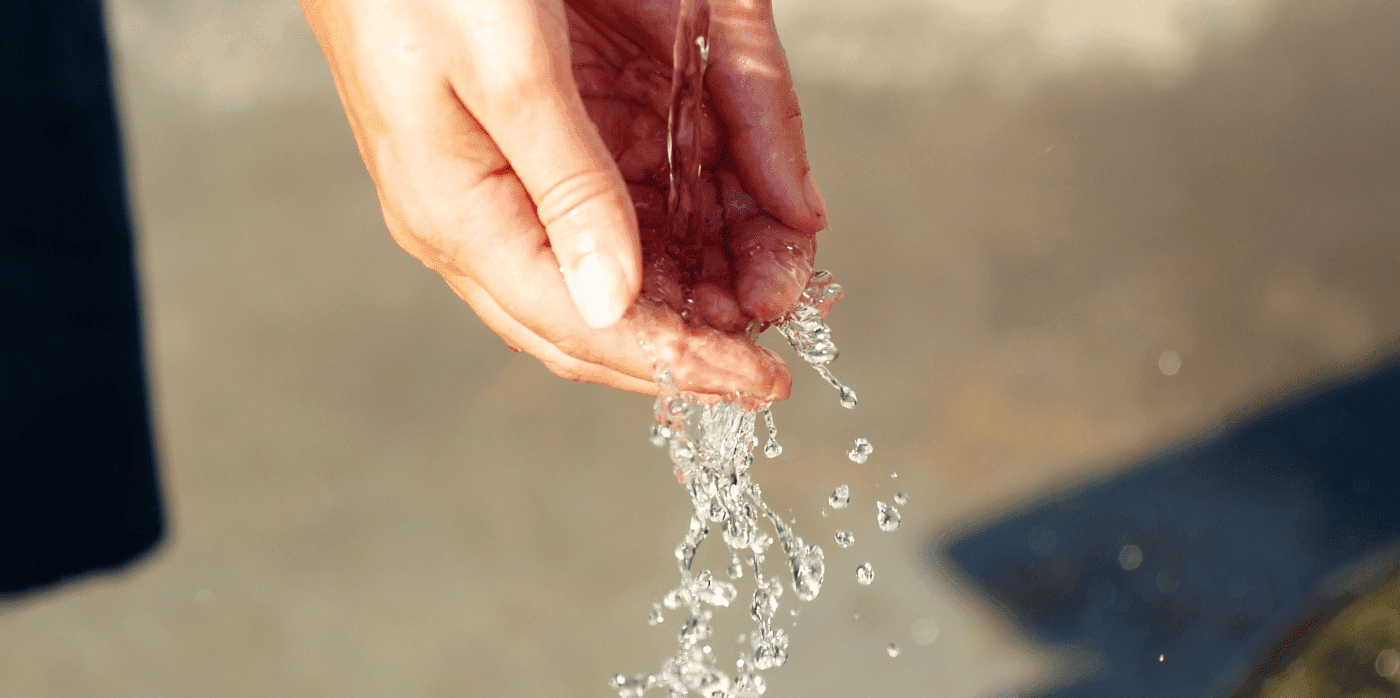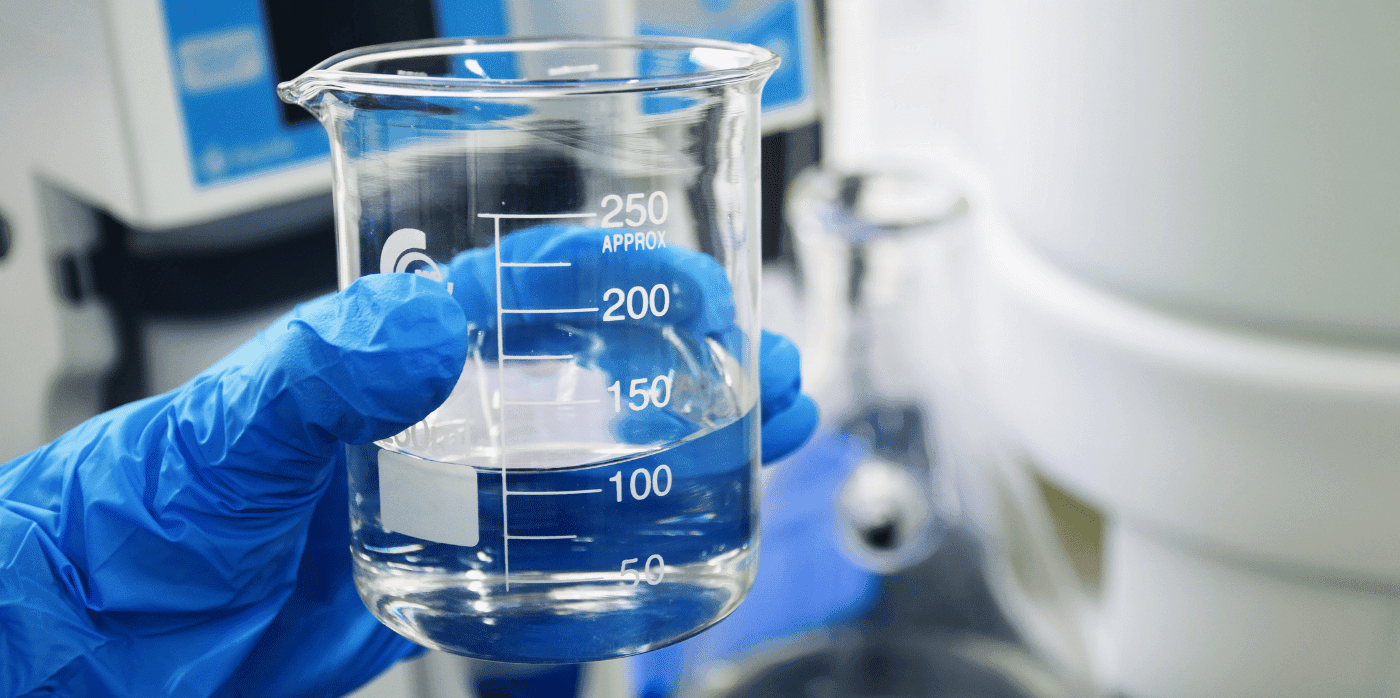Filter cartridges purify the water from most taps

Spotted: By 2050, analysts expect global demand for water to outstrip supply by nearly 60 per cent. And ageing infrastructure makes it difficult for cities to use the latest technologies to store and distribute potable water. One potential solution to the very complex problem of providing communities with clean, fresh water is to filter what is available.
Tunisian greentech company Dracoss has built a purifier that attaches to most types of taps and works without electricity, making it accessible to organisations with limited financial means. The ceramic filter cartridges last for three to six months, and the filtering process can be turned off to allow unfiltered water to run through the system as a means of extending the life of the cartridge.
The tap water filter captures every contaminant that is 0.3 microns in size or larger, which includes sediment, rust, parasites, and algae. Dracoss’ design includes activated carbon granules to improve the taste of the filtered water, and the system is easy to install. The company provides both an installation and maintenance video for support in installing the filter and changing the cartridge.
For larger organisations, Dracoss also offers a greywater recycling machine that cleans used water from dishwashers, baths, sinks and more. The recycled water is clean enough for use in laundry, toilets, and irrigation. The system can reduce overall water consumption by up to 50 per cent.
As well as filters and greywater recycling, Dracoss also provides educational seminars on water scarcity and various solutions, and the company ships internationally.
From small-scale, plug-and-play water sanitation systems to off-grid nanogrids that provide solar power as well as clean water, innovations in Springwise’s library demonstrate the diversity of solutions needed for this intricate world challenge.
Written By: Keely Khoury



